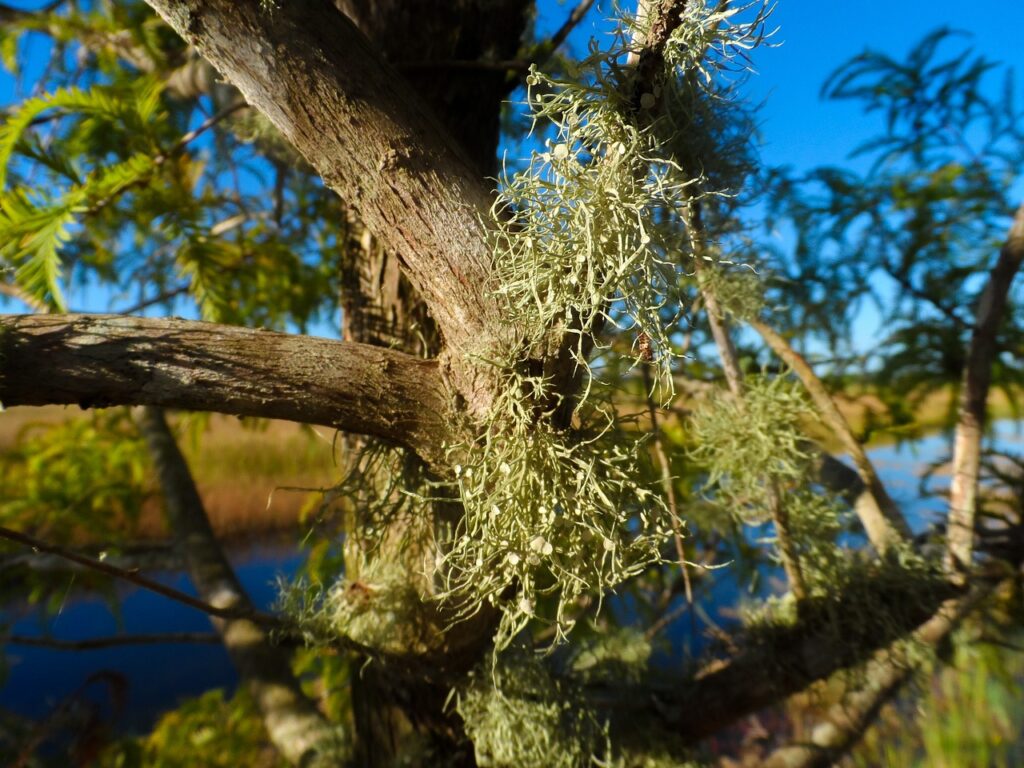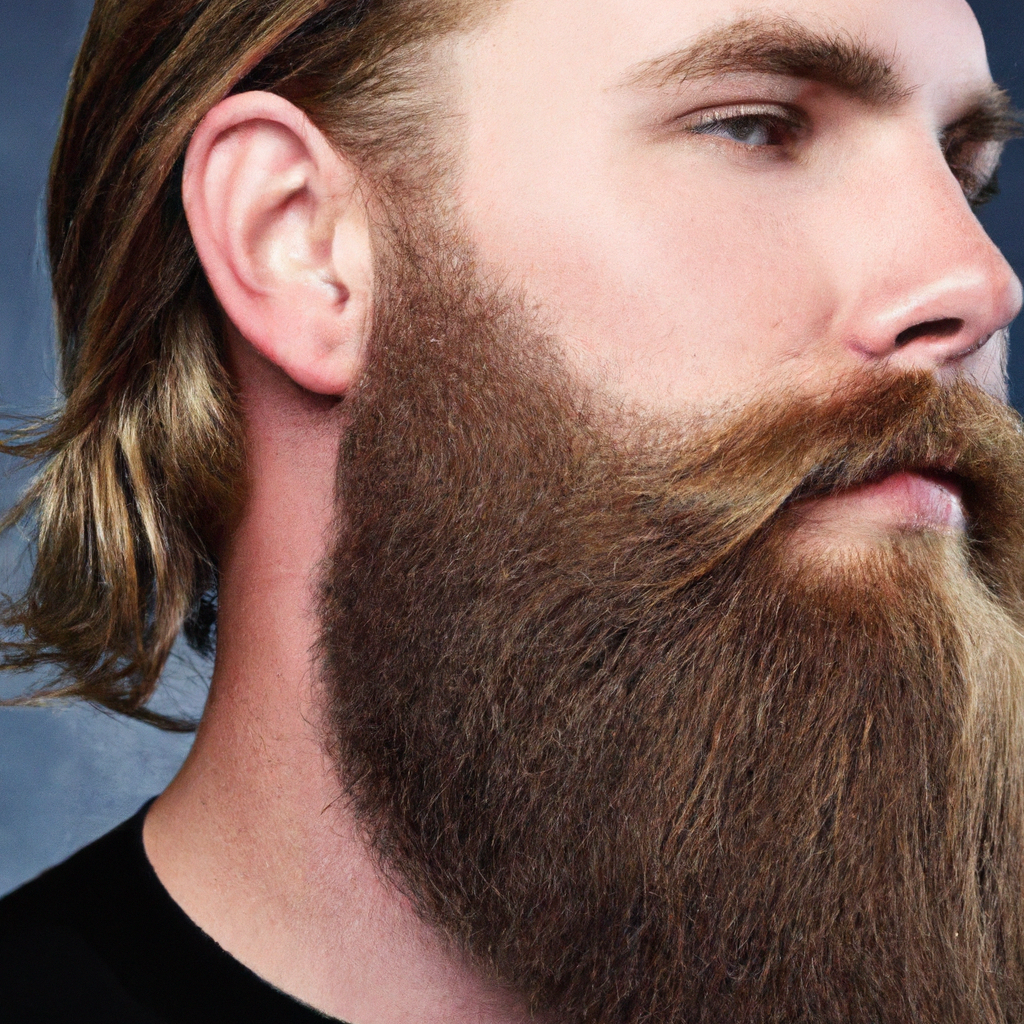So you’ve always wanted a full, thick, and luscious beard, but unfortunately, your facial hair seems to have a mind of its own, leaving you with frustrating and unsightly patchy spots. Don’t worry – you’re not alone in this struggle. In this article, we will guide you through practical tips and tricks to improve your patchy beard in just 4 months. Say goodbye to uneven growth and hello to a more confident and impressive facial hair game!
Understanding Patchy Beard
Having a full and luscious beard is something many men aspire to. However, not everyone is blessed with the genetics for a perfectly even and thick beard. Patchy beard refers to the uneven growth of facial hair, where certain areas have sparse hair or show little to no growth. If you’re experiencing a patchy beard, there’s no need to worry as there are various causes and types of patchy beard, and plenty of ways to improve its appearance.
Causes of Patchy Beard
Patchy beard can have several underlying causes. One common cause is genetics. Just like hair on your head, your beard growth is largely determined by your genes. If your family members have a history of patchy beards, it’s likely that you may have inherited this trait. Hormonal imbalances can also affect beard growth. Conditions such as low testosterone levels can result in sparse facial hair. Additionally, certain medical conditions, such as alopecia areata, can trigger patchy beard growth.
Types of Patchy Beard
Patchy beard can manifest in different ways, and understanding the type of patchiness you have can help in finding the most suitable solutions. One type is “cheeky beard,” which refers to patchiness on the cheeks and chin. Another type is “neck beard,” where there is lack of hair growth on the neck but relatively better growth on the face. Some men may also experience patchiness specifically on the mustache or sideburns. Identifying the specific areas where your beard is patchy can guide you towards targeted solutions.
Importance of a Full Beard
Having a full beard can not only enhance your appearance, but it can also boost your confidence. A well-groomed beard has been associated with masculinity, maturity, and even wisdom. It can make you stand out in a crowd and add a touch of rugged charm to your overall look. Furthermore, a well-maintained beard can act as a natural barrier, protecting your skin from harmful UV rays and reducing the risk of skin conditions, such as acne and dryness.
Healthy Lifestyle Habits
Maintaining a healthy lifestyle is crucial for promoting beard growth and improving its overall appearance. Here are some key habits you should incorporate into your daily routine:
Maintaining a Balanced Diet
Eating a nutritious and balanced diet is essential for healthy beard growth. Include foods rich in vitamins, minerals, and proteins, such as fruits, vegetables, lean meats, and whole grains. These nutrients help nourish your hair follicles and promote beard growth. Additionally, foods high in omega-3 fatty acids, like salmon and walnuts, can help strengthen and condition the hair.
Drinking Plenty of Water
Staying hydrated is not only important for your overall health but also for the health of your beard. Drinking an adequate amount of water keeps your body and hair follicles hydrated, promoting optimal beard growth. Aim to drink at least 8 glasses of water per day to ensure your body stays properly hydrated.
Regular Exercise
Engaging in regular exercise not only keeps you fit and healthy but also improves blood circulation, which is vital for hair growth. Physical activity helps deliver essential nutrients to your hair follicles, ensuring they receive the nourishment needed for optimal beard growth. Incorporate a mix of cardiovascular exercises, strength training, and yoga into your routine for overall well-being and better beard growth.

Skin Care Routine
A healthy beard starts with healthy skin. Establishing a proper skin care routine can help create an ideal environment for your facial hair to grow. Here are some essential steps to include in your routine:
Cleansing and Exfoliating
Regularly cleansing your face helps remove dirt, excess oils, and dead skin cells that can clog your pores and hinder beard growth. Use a gentle cleanser suitable for your skin type twice a day to keep your skin clean and healthy. Additionally, exfoliating once or twice a week can further promote cell turnover and remove any buildup that may be affecting your beard growth.
Moisturizing the Skin
Keeping your skin moisturized is crucial for creating a favorable environment for beard growth. Use a high-quality moisturizer that suits your skin type to prevent dryness and promote healthy hair follicles. Moisturizing the skin not only helps your beard appear fuller and more lustrous but also prevents itchiness and irritation associated with dry skin.
Avoiding Harsh Chemicals
Be mindful of the products you use on your skin and beard. Some shampoos, soaps, and styling products contain harsh chemicals that can strip the natural oils from your skin and hair, leading to dryness and weakened hair follicles. Opt for natural and organic products whenever possible, as they are gentler on the skin and less likely to cause damage to your beard.
Keeping the Beard Hair Healthy
When it comes to achieving a fuller and healthier-looking beard, taking care of the hair itself is just as important as maintaining the underlying skin. Here are some tips to keep your beard hair in optimal condition:
Regular Washing and Conditioning
Cleaning your beard regularly helps remove dirt, excess oils, and product buildup, which can weigh down your beard and make it appear thinner. Use a gentle beard shampoo or cleanser to wash your beard thoroughly. After washing, apply a beard conditioner to nourish and soften the hair, making it more manageable and reducing the appearance of patchiness.
Using Beard Oils and Balms
Beard oils and balms are excellent tools for promoting beard health. These products contain natural oils, such as jojoba, argan, and coconut oil, which help moisturize the hair and skin, reduce itchiness, and enhance beard shine. Regularly applying beard oil or balm can help soften the hair, reduce split ends, and increase overall beard fullness.
Avoiding Excessive Heat Styling
While it may be tempting to use heat styling tools, such as blow dryers and straighteners, to tame your beard, excessive heat can damage the hair and hinder its growth. Minimize heat styling as much as possible and allow your beard to air dry after washing. If you must use heat, use a low-temperature setting and a heat protectant spray to minimize damage.

Practicing Patience
Achieving a fuller and more even beard takes time and patience. It’s important to understand the natural growth cycle of facial hair and avoid common pitfalls that may hinder beard growth. Here are some key points to keep in mind:
Understanding the Growth Cycle
Beard hair grows in cycles, and individual hair follicles have different growth rates. It’s not uncommon for some areas of your beard to appear patchy or have slower growth compared to others. Understanding that beard growth is not uniform can help you remain patient during the process.
Avoiding Frequent Trimming
While it may be tempting to trim your beard frequently in hopes of stimulating growth, excessive trimming can actually hinder progress. Give your beard time to grow and avoid excessive trimming for the first few months. Once your beard has grown to a desired length, you can then shape and trim it to achieve your preferred style.
Giving Time for Beard Growth
It’s important to give your beard ample time to grow and fill in the patchy areas. It can take several weeks or even months for significant improvements to occur. Resist the urge to shave or heavily style your beard during this period, as it may disrupt the growth process. Instead, remain patient and give your beard the time it needs to reach its full potential.
Beard Styling Tips
While waiting for your beard to fill in, there are various styling techniques you can employ to make it appear fuller and more even. Experimenting with different beard styles can help you find the one that suits your face shape and minimizes the appearance of patchiness. Here are some tips to enhance your beard’s visual appeal:
Choosing a Suitable Beard Style
Opt for a beard style that complements your face shape and helps minimize the appearance of patchiness. For example, if you have patchiness in your cheeks, a beard style with a thicker goatee or soul patch can draw attention away from those areas. Experiment with different lengths and shapes to find the style that best suits your facial features.
Grooming Techniques for a Patchy Beard
Proper grooming techniques can help create a neater and more polished appearance for your patchy beard. Regularly combing or brushing your beard can help train the hair to grow in a desired direction and create the illusion of fullness. Trimming and shaping your beard can also help control the appearance of patchiness, giving your beard a more intentional and cohesive look.
Using Styling Products
Beard styling products can be a game-changer for those with patchy beards. Beard balms, waxes, and gels provide hold and control, allowing you to shape and style your beard to your liking. These products can help add volume and texture, making your beard appear fuller and more uniform. Experiment with different products to find the ones that work best for your beard type and desired style.

Supplements and Vitamins
If you’re struggling with patchy beard growth, incorporating supplements and vitamins into your routine may help support healthy beard growth. However, it’s important to consult with a healthcare professional before starting any supplementation. Here are a few options to consider:
Consulting a Healthcare Professional
Before embarking on any supplement regimen, it’s important to consult with a healthcare professional. They can assess your specific needs and provide guidance on the most appropriate supplements for your situation. They may also be able to address any underlying health issues that could be impacting your beard growth.
Biotin Supplementation
Biotin, also known as vitamin B7, is often touted as a key nutrient for promoting hair growth. It plays a crucial role in the formation of keratin, a protein that makes up the hair. While biotin deficiency is rare, some people may benefit from supplemental biotin to support beard growth. However, it’s important to note that scientific evidence supporting the effectiveness of biotin for beard growth is limited.
Taking Essential Vitamins
Certain vitamins are essential for promoting overall hair health, including beard hair. Adequate intake of vitamins A, C, E, and D, as well as minerals such as zinc and iron, can help support healthy hair growth. Incorporating a well-rounded multivitamin into your daily routine can help ensure you’re meeting your nutritional needs for optimal beard growth.
Avoiding Bad Habits
Certain lifestyle habits can negatively impact beard growth and the overall health of your facial hair. By making a few changes, you can set yourself up for a better chance at achieving a fuller and more even beard. Here are some habits to avoid:
Quitting Smoking
Smoking tobacco is not only detrimental to your overall health but can also have a negative impact on your beard growth. Smoking reduces blood flow throughout the body, including the hair follicles, which can lead to weakened hair growth. Quitting smoking can help improve blood circulation and promote healthier beard growth.
Reducing Stress Levels
High levels of stress can disrupt hormone balance in the body, which can affect beard growth. Stress can also cause hair follicles to prematurely enter the resting phase, resulting in decreased beard growth. Practice stress management techniques, such as exercise, meditation, and engaging in hobbies, to help reduce stress levels and promote better beard growth.
Avoiding Excessive Alcohol Consumption
Excessive alcohol consumption can disrupt hormone balance and negatively affect the health of your facial hair. Alcohol can dehydrate your body and deplete essential nutrients necessary for beard growth. Moderating your alcohol intake and staying adequately hydrated can help promote healthier hair growth.

Consulting a Dermatologist
If you’ve tried various methods to improve your patchy beard without success, it may be beneficial to seek professional advice from a dermatologist. They can assess your specific situation, identify any underlying causes, and recommend appropriate treatments. Here are some reasons to consider consulting a dermatologist:
Seeking Professional Advice
A dermatologist can provide expert insight into your beard growth concerns and help determine the best course of action. They can assess your skin and beard health, evaluate any underlying medical conditions, and develop a personalized plan to address your specific needs.
Exploring Medical Treatment Options
In certain cases, medical treatment options may be necessary to address severe patchy beard growth. Your dermatologist may recommend solutions such as topical medications, minoxidil, or corticosteroid injections to promote hair growth. These treatments are typically prescribed on a case-by-case basis, so it’s important to follow your dermatologist’s recommendations.
Considering Beard Transplant
For individuals with extensive patchiness and minimal beard growth, beard transplant surgery may be an option to consider. Beard transplant involves transplanting hair follicles from other parts of the body, such as the scalp, to the patchy areas of the beard. This procedure is typically performed by a qualified hair restoration surgeon and can provide lasting results in achieving a fuller and more even beard.
Tips to Boost Confidence
Dealing with a patchy beard can sometimes leave you feeling self-conscious. However, it’s important to embrace your unique look and focus on self-care. Boosting your confidence can have a positive impact on your overall well-being and make you feel more comfortable in your own skin. Here are some tips to help boost your confidence:
Embracing Your Unique Look
Remember that everyone’s beard growth is different and that your patchy beard makes you unique. Embrace your individuality and be proud of the beard you have. Confidence comes from within, and accepting and loving yourself as you are can greatly enhance your self-esteem.
Maintaining Self-Care Routine
Investing time in your grooming routine can help you feel more put together and confident. Practice good hygiene, trim your beard regularly, and apply products that promote beard health. Taking care of your overall appearance can make a significant difference in how you feel about yourself and your beard.
Seeking Support from Others
Don’t hesitate to reach out to friends, family, or support groups if you’re feeling self-conscious about your patchy beard. Sharing your concerns and experiences with others who may have undergone similar challenges can provide reassurance and encouragement. Surrounding yourself with a supportive network can help boost your confidence and remind you that you’re not alone in your journey.
In conclusion, a patchy beard doesn’t have to define your appearance or impact your self-esteem. By understanding the causes and types of patchy beard, adopting a healthy lifestyle, implementing a proper skin and beard care routine, practicing patience, and seeking professional guidance when needed, you can improve the appearance of your beard and boost your confidence along the way. Remember, every beard is unique, and embracing your individuality is key to feeling confident and comfortable in your own skin.

